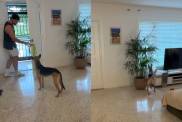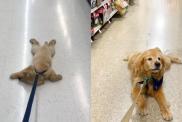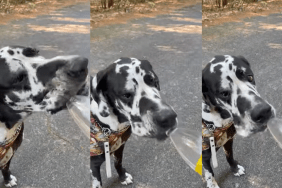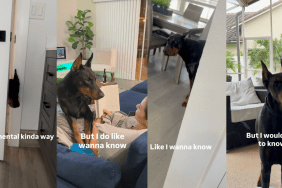How much to feed your dog
More important than the amount of food your dog gets is his overall condition. He should look muscular, not fat. If you’re unsure whether he’s overweight, give him the eye exam and the hands-on test. First, look down at him: he should have a visible waist. Then place your hands on his back, thumbs along the spine and fingers spread downward. You should be able to feel but not see his ribs. If you can’t feel the last two ribs, he needs less food and more exercise. If you can see his ribs, feed him more.
Keep in mind:
- Your dog will need less food if it’s high-quality and contains top-notch ingredients, so don’t think you’re saving money by buying the cheapest brand or whatever’s on sale. That’s because foods with high-quality protein are more digestible — that is, your dog can use more of the nutrients they contain — than foods based on grains. You can see the difference in smaller, firmer stools.
- Measure his food and feed him twice a day rather than leaving food out all the time. Take away whatever’s left in his bowl if he hasn’t finished it in 20 minutes, and you’ll help keep obesity at bay. Giving him plenty of daily exercise should do the rest.
Food facts
- Give your dog healthy snacks such as fruits and vegetables: apple slices, carrot sticks, orange segments, banana slices, and frozen vegetables are all canine favorites.
- It’s okay to give your dog a little bite of what you had for dinner, but only the bits you’d eat yourself–no fat or gristle, please!
- Some foods aren’t good for dogs and can cause serious health problems. These include chocolate, onions, raisins, and grapes.
- Feed your dog at the same time every day.
- Always feed your dog in his bowl or you’re asking for a lifetime of your best friend begging at the table and following you around the kitchen.
- Make sure what you buy is high in protein, not grain-based, and that it’s AAFCO-tested. The AAFCO, the American Association of Feed Control Officials, is a watchdog group that sets food-testing and labeling standards.









